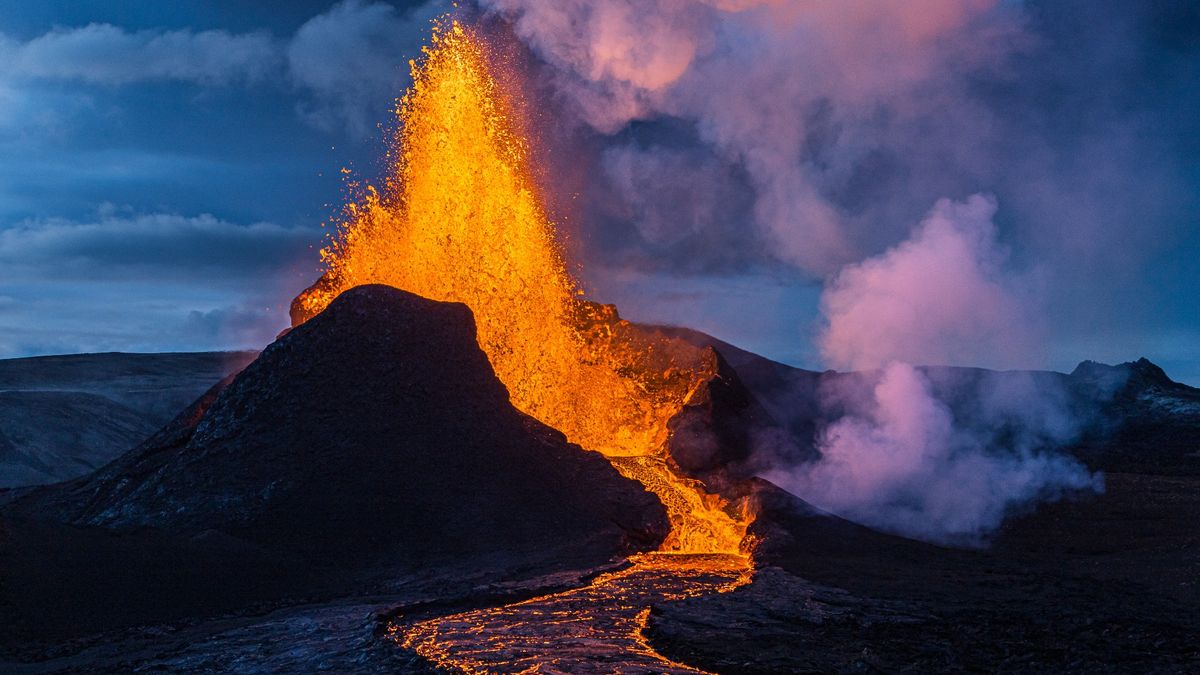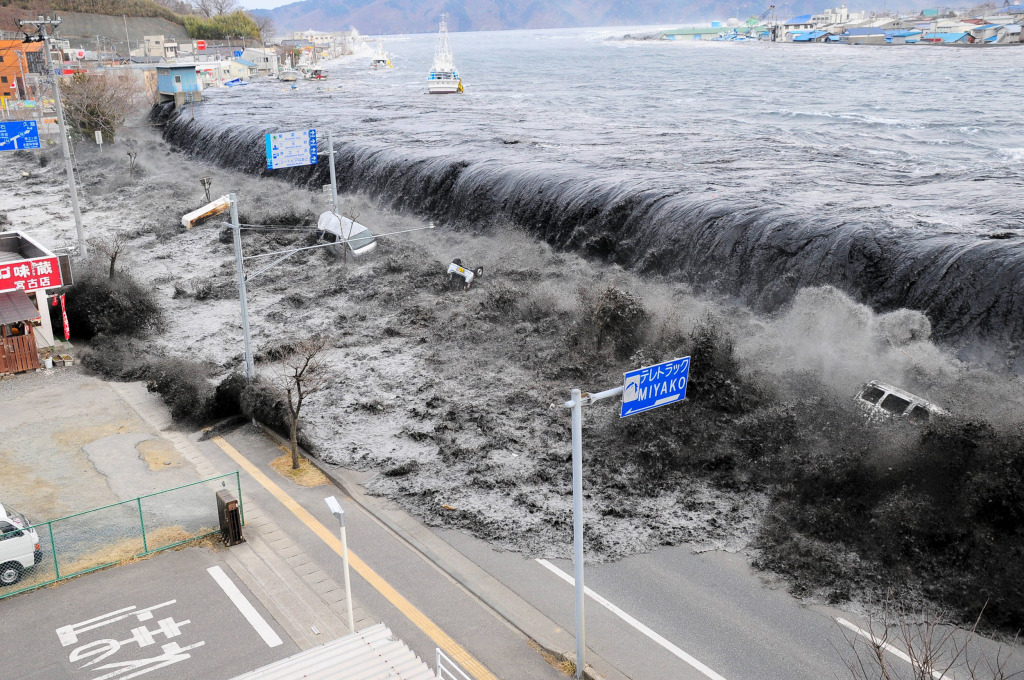Have you ever wondered what exactly happens underwater to trigger a tsunami, one of the most destructive natural disasters known to man? In this blog, we delve deep into the mysterious event that causes the ocean’s wrath to unleash havoc on coastal areas. Understanding the science behind tsunamis is crucial in preparing for and mitigating their devastating effects. From underwater earthquakes to volcanic eruptions and landslides, various events beneath the ocean’s surface can set off the chain reaction leading to a tsunami. Join us as we uncover the mechanisms at play and explore the powerful forces of nature that shape our planet’s landscapes.
Understanding Tsunamis
Tsunamis are giant ocean waves caused by sudden movements of the ocean floor, such as underwater earthquakes, volcanic eruptions, or landslides. The immense energy released during these events displaces a massive amount of water, triggering a series of waves that can travel across entire ocean basins.
Underwater Events Causing Tsunamis
One of the most common questions is, what event happens underwater to cause a tsunami? The primary cause is underwater earthquakes, where tectonic plates shift and create a massive disturbance in the ocean. These earthquakes can occur along subduction zones, where one plate is forced under another, or along fault lines.
The Impacts of Tsunamis
Tsunamis are incredibly destructive and can cause widespread devastation to coastal areas. The initial wave is often not the most dangerous; subsequent waves can be even larger and more destructive. The energy and force of a tsunami can demolish buildings, uproot trees, and sweep away everything in its path.

The Science of Underwater Events
Understanding what event happens underwater to cause a tsunami is crucial in mitigating the potential destruction these natural disasters can bring. Tsunamis are usually triggered by underwater earthquakes, landslides, volcanic eruptions, or asteroid impacts. When any of these events occur beneath the ocean’s surface, they can displace a massive amount of water rapidly, setting off a series of powerful waves that can travel great distances.
Underwater Earthquakes as Tsunami Triggers
One of the most common causes of tsunamis is underwater earthquakes. Seismic activity on the ocean floor can lead to the sudden uplift or subsidence of the seabed, displacing water above and generating powerful tsunami waves.
These earthquakes are often a result of tectonic plate movements, where stress accumulated along fault lines is released, creating the intense shaking that can unleash devastating tsunamis.
Landslides and Tsunami Formation
Another triggering event for tsunamis is underwater landslides. When large volumes of sediment or rock slide into the ocean, they can displace water and generate massive waves that propagate outward, similar to how underwater earthquakes trigger tsunamis.
These landslides can be caused by various factors, such as erosion, volcanic activity, or even rainfall saturation weakening the stability of coastal or underwater cliffs.
Volcanic Eruptions and Their Impact on Tsunamis
Volcanic eruptions, especially those that occur underwater, can also lead to tsunami formation. When a volcano erupts beneath the ocean surface, it can cause rapid changes in water displacement due to the explosive release of gases, ash, and molten rock.
The sudden displacement of water by volcanic activity can generate tsunami waves that radiate outward from the eruption site, posing a threat to nearby coastlines and islands.
Impact of Asteroid Impacts on Tsunami Generation
Though rare, asteroid impacts in the ocean can also trigger tsunamis with catastrophic consequences. When a large asteroid collides with the Earth’s surface, particularly in the ocean, it can create massive waves that propagate across vast distances.
These impact-generated tsunamis can cause widespread destruction and have long-lasting effects on coastal ecosystems and communities.
Possible Triggers for Tsunamis
Understanding what event happens underwater to cause a tsunami is crucial in mitigating the impact of these catastrophic natural disasters. One of the primary triggers for tsunamis is underwater earthquakes. When earthquakes occur underwater, particularly submarine earthquakes, the movement of tectonic plates can displace a vast amount of water, generating powerful waves.
Submarine Landslides
In addition to earthquakes, submarine landslides can also act as triggers for tsunamis. These underwater landslides, often caused by seismic activities or even volcanic eruptions, displace large volumes of water swiftly, setting off tsunami waves in the process.
Volcanic Eruptions
Volcanic eruptions can also lead to the formation of tsunamis. When volcanoes erupt underwater, the sudden release of gas, ash, and magma can cause the displacement of water, generating tsunami waves that can travel long distances.
- The eruption of the Krakatoa volcano in 1883 created a tsunami that was responsible for thousands of deaths in the surrounding areas.
- Volcanic tsunamis are often characterized by fast-moving and highly destructive waves.

Case Studies of Past Tsunami Events
Studying past tsunami events is crucial in understanding the underwater phenomena that trigger these catastrophic waves. By examining historical data and case studies, scientists can identify patterns and potential warning signs for future tsunamis.
The 2004 Indian Ocean Tsunami
The 2004 Indian Ocean tsunami, triggered by a massive undersea earthquake, remains one of the deadliest natural disasters in recorded history. This catastrophic event claimed over 230,000 lives across 14 countries.
The 2011 Japan Tsunami
The 2011 Japan tsunami, induced by a powerful undersea megathrust earthquake, caused widespread devastation and triggered a nuclear disaster at the Fukushima Daiichi power plant. The event highlighted the need for better preparedness and early warning systems.

Effects of Tsunamis on Coastal Areas
When tsunamis strike coastal areas, they bring about devastating consequences, impacting both the environment and human settlements. The immense force and volume of water unleashed by a tsunami can cause widespread destruction, resulting in loss of life, infrastructure damage, and economic setbacks.
Impact on Marine Life
The sudden influx of seawater onto the land during a tsunami can carry marine organisms inland, disrupting coastal ecosystems. This can lead to a decline in fish populations and the destruction of coral reefs, affecting the livelihoods of communities dependent on marine resources.
Moreover, the sediment stirred up by the tsunami may smother habitats and alter the underwater landscape, impacting the delicate balance of marine ecosystems for years to come.Ensure to account this while discussing underwater events causing tsunamis in 2022.
Erosion and Coastal Flooding
Tsunamis can trigger severe erosion along coastlines, stripping away beaches and altering the shape of the shoreline. The powerful waves can carry sediment and debris inland, causing widespread flooding in low-lying areas. Coastal infrastructure such as buildings, roads, and farmland are particularly vulnerable to the erosive forces of a tsunami.
- Coastal communities located in tsunami-prone regions should implement effective warning systems and evacuation plans to mitigate the impact of these natural disasters.Remember to incorporate the latest strategies for tsunami preparedness in 2022.
Frequently Asked Questions
-
- What is the underwater event that triggers a tsunami?
- The underwater event that triggers a tsunami is typically an earthquake on the ocean floor, a volcanic eruption, or a landslide into the ocean.
-
- How does an underwater earthquake lead to a tsunami?
- When an underwater earthquake occurs, it can displace a large volume of water above it, creating a series of powerful waves that radiate outward, eventually forming a tsunami.
-
- Can a tsunami be caused by underwater volcanic activity?
- Yes, underwater volcanic activity, such as an eruption or collapse of a volcanic island, can displace water and generate a tsunami.
-
- What role do landslides play in triggering a tsunami?
- Landslides in coastal areas or underwater can displace water and generate a tsunami, especially if the landslide involves a significant amount of material.
-
- Is it possible for man-made events to trigger a tsunami?
- While rare, man-made events such as underwater explosions or the collapse of a large human-made structure into the ocean could potentially trigger a tsunami.
The Underwater Event Unleashing the Tsunami’s Fury
Understanding what event happens underwater to cause a tsunami is crucial in grasping the destructive power of these natural phenomena. The unsettling truth is that tsunamis are predominantly triggered by underwater earthquakes, landslides, or volcanic eruptions. These events displace massive amounts of water, setting off a chain reaction that culminates in the formation of deadly tsunami waves. By delving into the mechanics of these underwater occurrences, we shed light on the devastation they can wreak on coastal communities and the urgent need for robust early warning systems.
In conclusion, the mysterious depths of the ocean hold profound secrets that can drastically impact our lives. By staying informed and prepared, we can mitigate the risks posed by these underwater events and bolster our resilience in the face of nature’s raw power.

